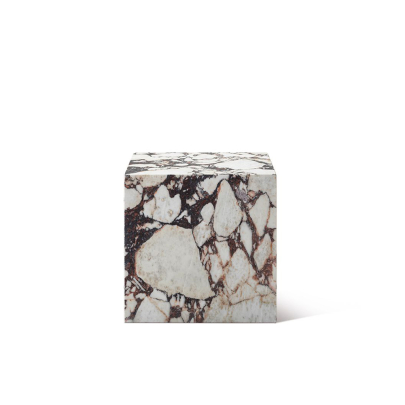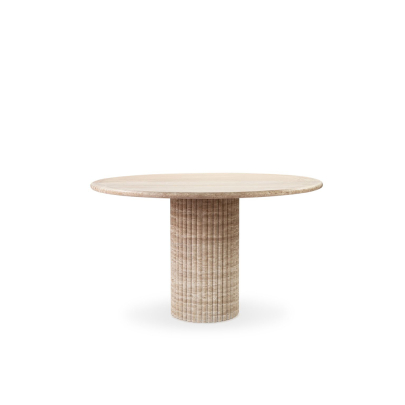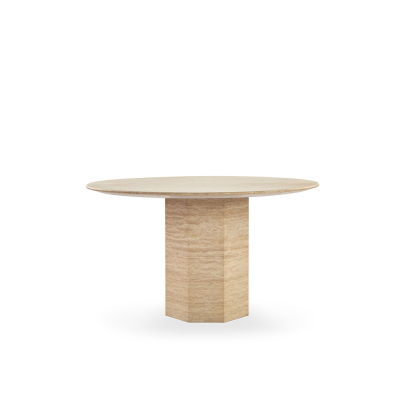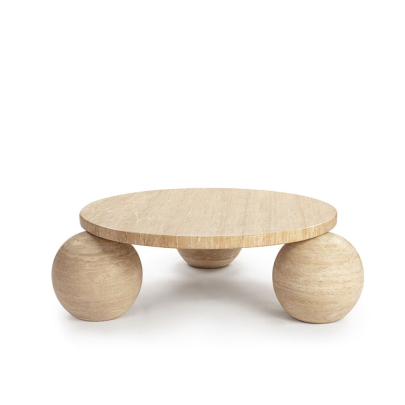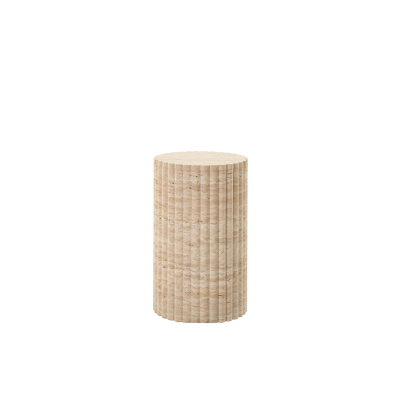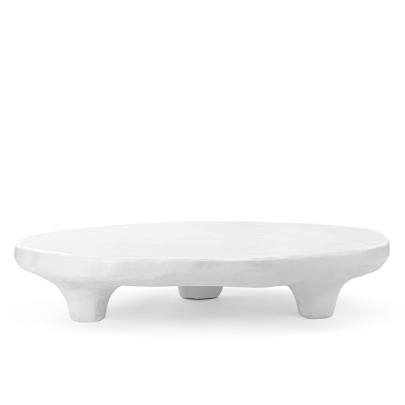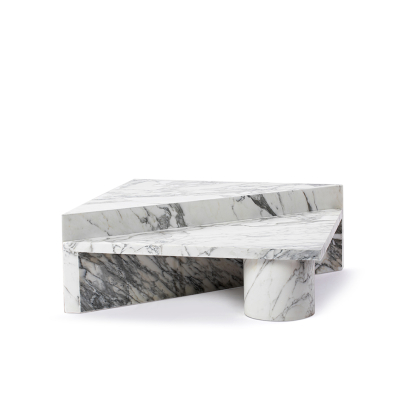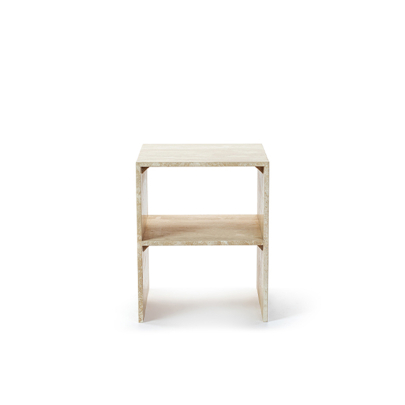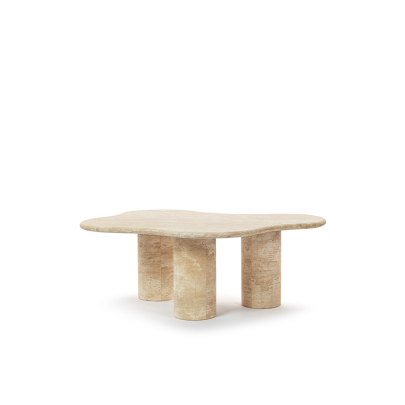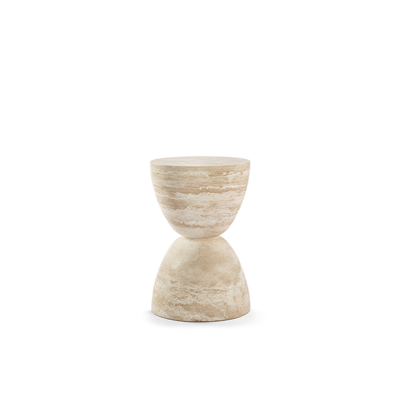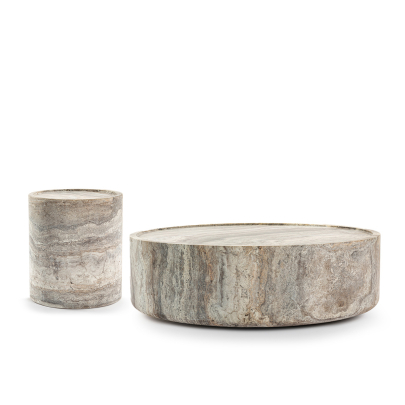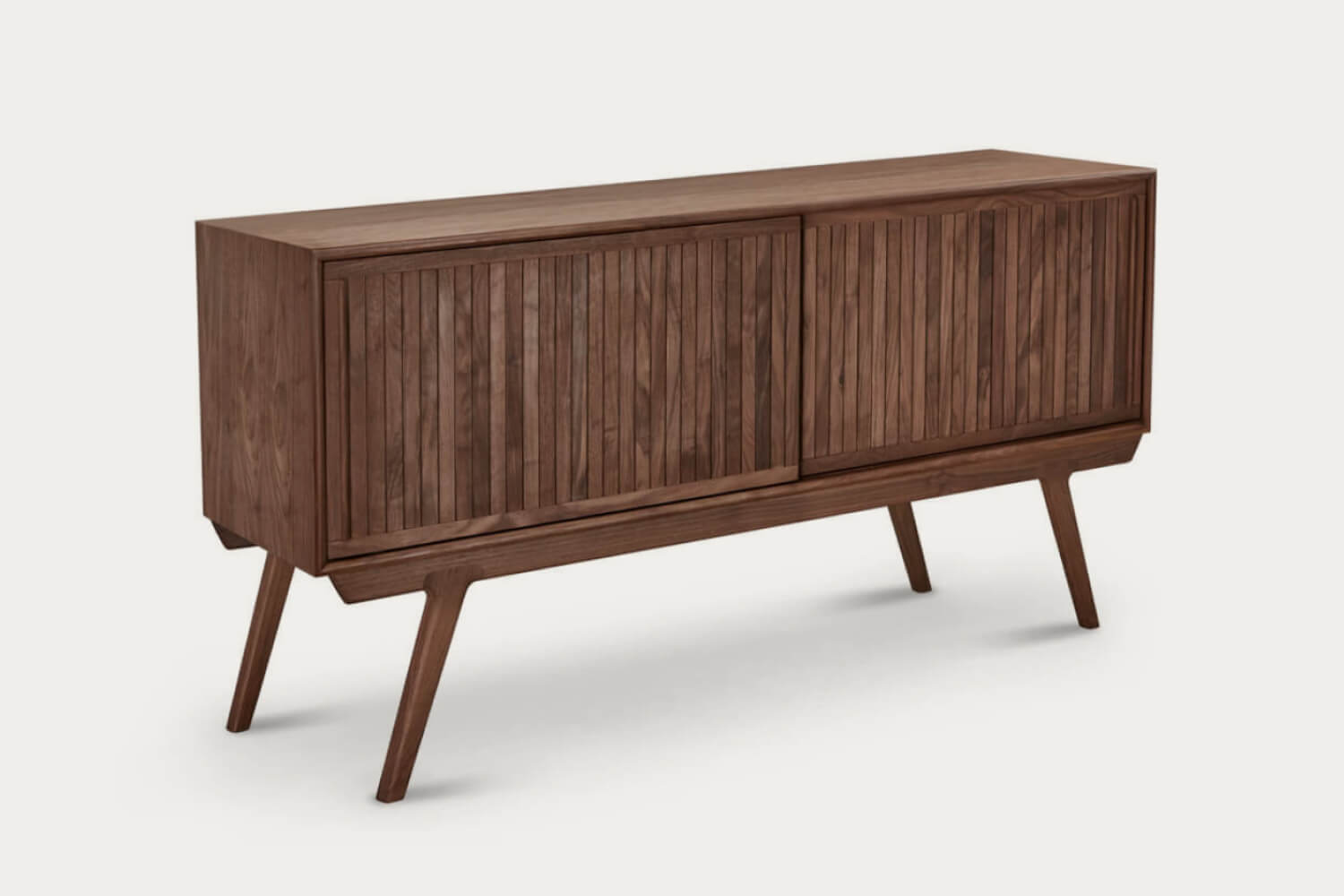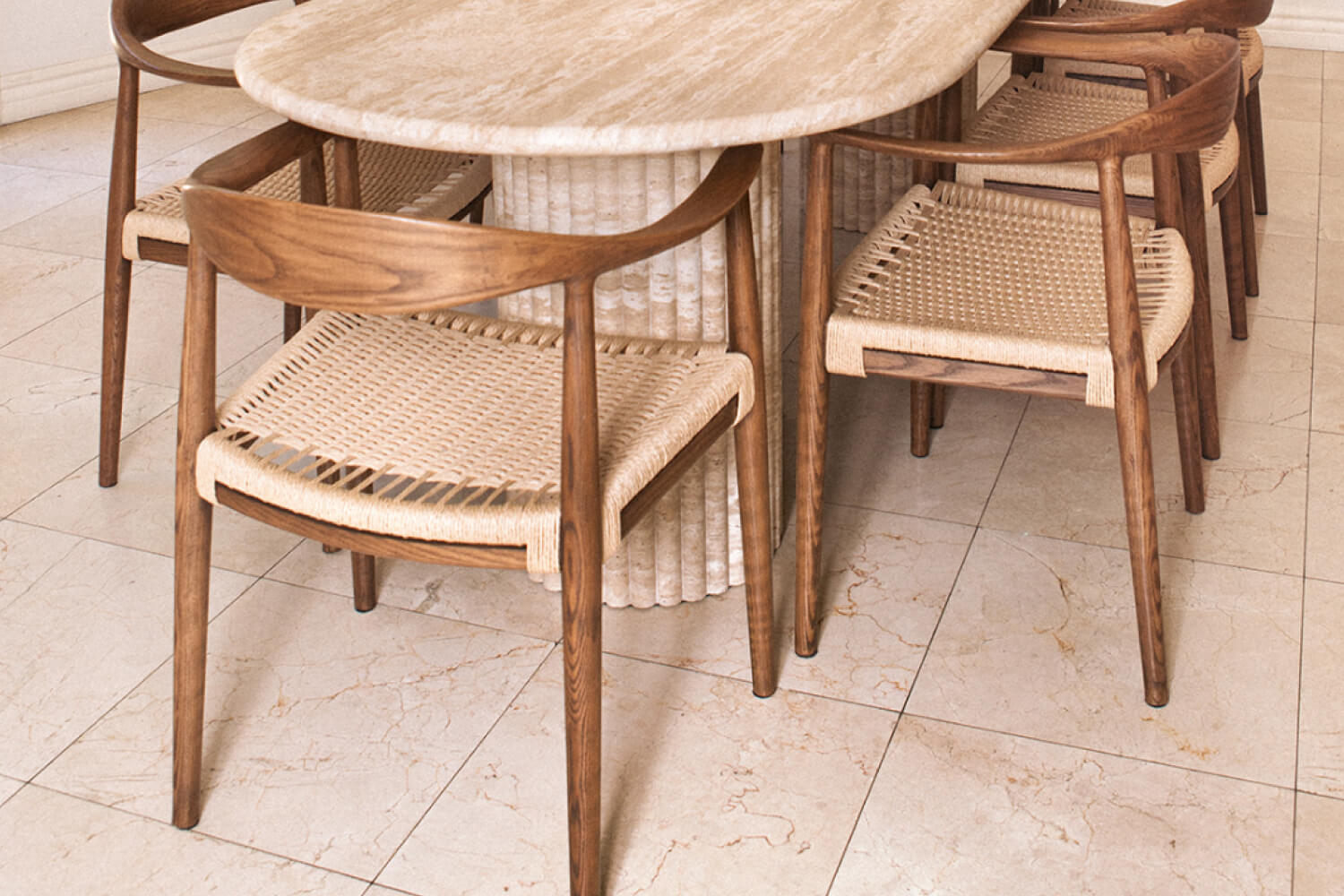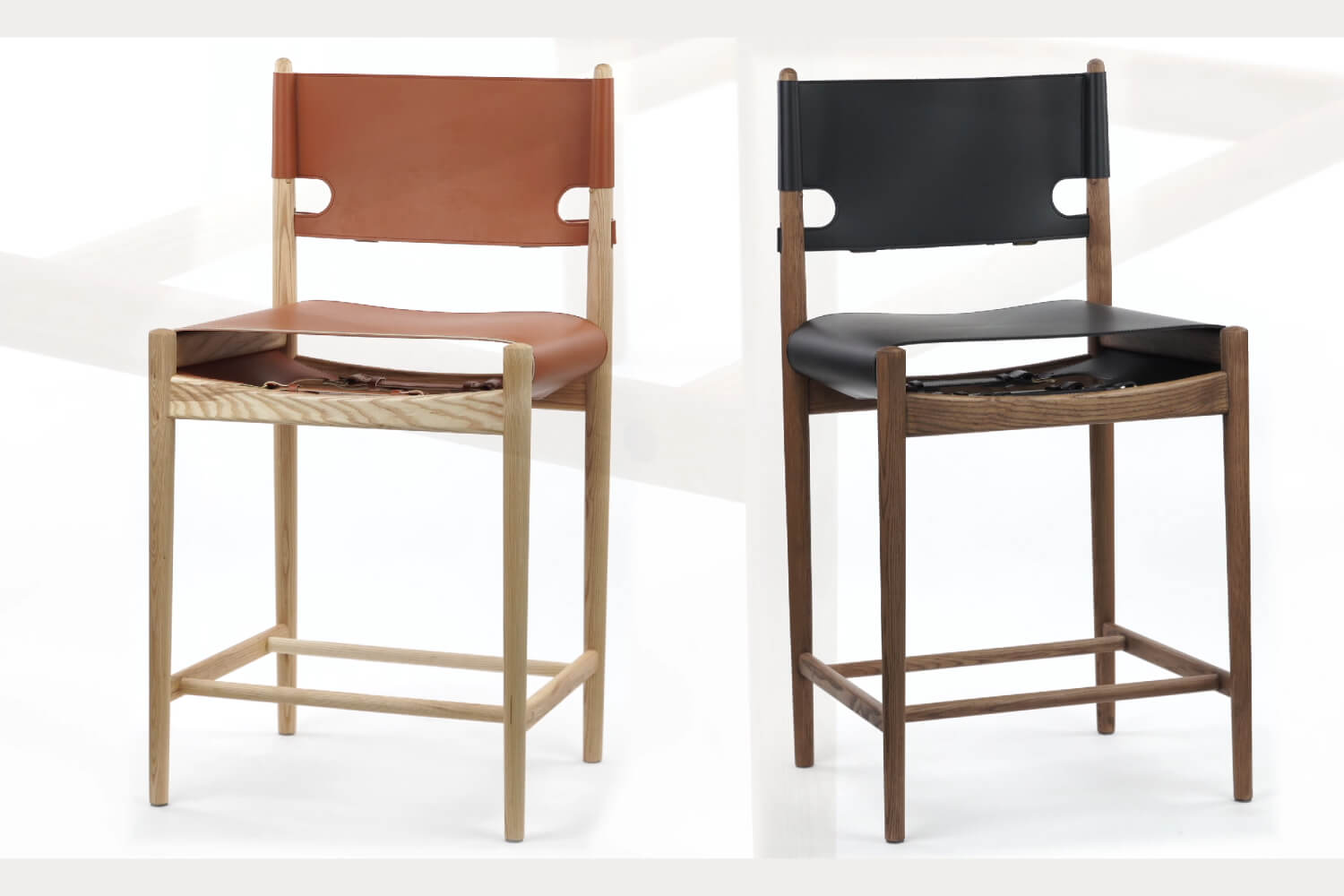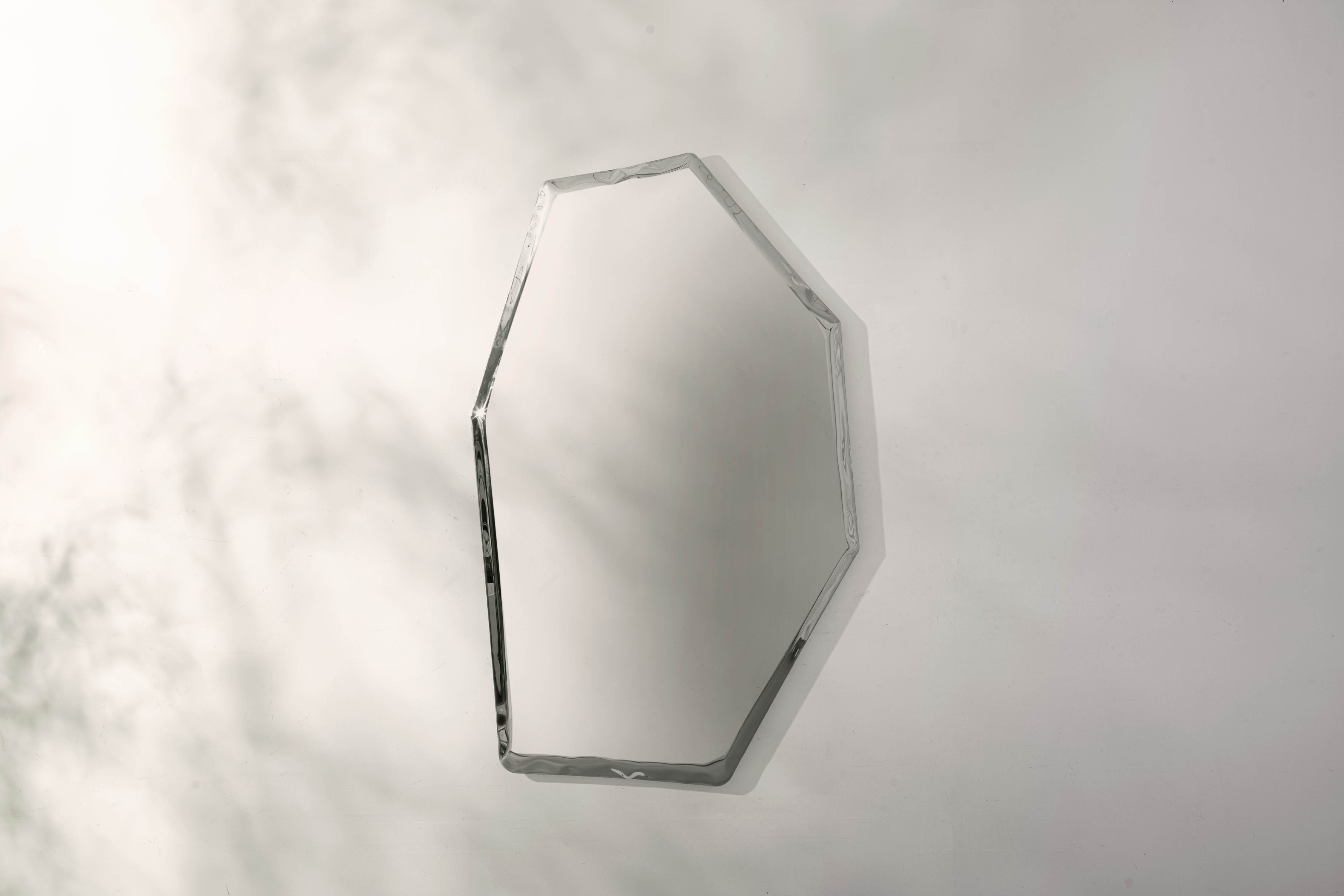
The charm of mid-century modern design lies in its timeless appeal.
These pieces, dating from roughly the 1940s to the 1960s, offer clean lines, functional designs, and a touch of nostalgia.
Integrating these items into today's modern interiors can create a harmonious blend of past and present, but how exactly do you achieve this balance?
Let's delve into some simple yet effective strategies.
Understanding the Essence of Mid-Century Modern
Mid-Century Modern design, emerging as a defining movement in the mid-20th century, has since become a sought-after aesthetic.
Its enduring popularity lies in its distinctive characteristics, which set it apart from other design trends.
To truly appreciate the essence of Mid-century modern, one must delve into its history, signature look, and foundational principles.
Historical Roots
The Mid-Century Modern movement emerged primarily in the 1940s to 1960s, a period marked by post-war reconstruction and optimism.
The design world witnessed an influx of new materials, innovative construction techniques, and a departure from ornate styles.
With the world transitioning into a new era, designers sought simplicity, functionality, and a connection to the organic world.
The mid-century furniture movement was a reflection of this societal shift, aiming to bring modernism to the average American home.
The Signature Look
Distinctive and iconic, the visual language is immediately recognizable. This style often showcases:
- Clean Lines and Geometric Forms: The simplicity of form is paramount in designs. From furniture to architecture, streamlined shapes and an absence of unnecessary detail dominate the scene.
- Natural Materials: Wood, especially teak and walnut, is a staple. However, designers also embraced new materials like plastic, glass, and metal, integrating them harmoniously into their creations.
- Organic and Abstract Inspiration: The designs frequently draw inspiration from nature and abstract forms. Whether it's the boomerang shape of a coffee table or the fluid form of an art piece, there's always an organic touch or abstraction present.
Key Principles
At its core, Mid-Modern is more than just a visual style; it's a philosophy of design. The principles that underpin this movement include:
- Functionality: Every piece, from a lamp to a sofa, prioritizes function. Designers believed in creating items that were usable and purposeful.
- Minimalism: Eschewing the ornate and excessive, it leans into a "less is more" approach. This minimalistic approach results in designs that are timeless and adaptable.
- Integration with Environment: Mid-Century designs, especially in architecture, emphasize a connection with the surrounding environment. Large windows, open spaces, and natural materials aim to blur the line between indoor and outdoor spaces.
- Democratization of Design: Aimed to bring good design to everyone, not just the elite. This democratization was realized through affordable, mass-produced furniture and decor that was both stylish and accessible.
Methods to Blend Mid-Century Modern with Contemporary Design
Combining Mid-Century Modern elements with contemporary design creates an intriguing blend of past and present.
It offers a space filled with nostalgic aesthetics while ensuring the feel remains fresh and current.
But striking the right balance requires some strategy. Here's a closer look at methods to marry these two design worlds seamlessly.


Embrace Contrast
Contrast is the secret ingredient when marrying Mid-Modern with contemporary design. This can be achieved by:
- Playing with Textures: Use a sleek leather sofa against a backdrop of a textured contemporary wall, or place a smooth wooden coffee table on a plush modern rug.
- Juxtaposing Lines: Where Mid-Modern may offer straight, clean lines, modern design might bring in curves. Blend the two by placing a Mid-Century table with a modern sculptural chair, for instance.
Introduce Transitional Pieces
Transitional pieces are those that borrow elements from both styles. For example:
- A sofa that combines the clean lines of design with a more updated fabric choice can act as a bridge between the two eras.
- Lighting fixtures that use Mid Century Modern-inspired geometric shapes but with modern materials can offer the perfect blend.
Keep a Neutral Palette
A neutral color palette provides a calm base that allows pieces from different eras to shine without competing:
- Choose wall colors like soft greys, beiges, or whites.
- With a neutral base, adding pops of color through accent pieces or modern artworks becomes effortless and cohesive.
Balance Proportions
Ensuring that the space feels balanced is crucial:
- If you're using a chunky piece, such as a sideboard, balance it with more delicate modern pieces, like slim-legged chairs or a sleek lighting fixture.
- Conversely, a large Eternity Modern sofa can be paired with a slender coffee table.
Layer with Accessories
Accessories are your allies in blending styles:
- Throw pillows can be added to a contemporary sofa.
- Modern art can be framed in vintage-inspired frames or paired with wall decor.
- Contemporary planters can house plants popular during the mid-century, like the rubber plant or monster.
Be Mindful of Space
Modern interiors often lean towards open concepts. Use this to your advantage:
- Use room dividers or open shelves to define spaces without closing them off.
- Integrate furniture in a way that it complements the open feel, rather than cluttering it.
Consider Room-by-Room Integration
Successfully blending Mid-Century Modern elements with contemporary design often requires a room-by-room approach.
Each space in a home has a distinct function, mood, and set of challenges.
Tailoring your design strategy to individual rooms ensures that the fusion feels organic and purposeful. Here's a breakdown of how to achieve this seamless integration in various spaces of your home.
Living Room
Often the centerpiece of the home, the living room offers ample opportunities to showcase Mid-Century Modern charm:
- Furniture: Choose iconic sofas or lounge chairs. Their timeless appeal can become a focal point, complemented by modern side tables or multimedia consoles.
- Decor: Balance a wall clock or artwork with contemporary textured rugs or modern sculptures.
- Lighting: A sputnik chandelier or an arc floor lamp can be balanced with more current accent lights or table lamps.
Dining Room
The dining room can become a hub of style convergence:
- Dining Sets: Classic wooden dining tables paired with contemporary upholstered chairs offer a harmonious blend. Alternatively, a chair set can be juxtaposed with a sleek modern table.
- Storage: Display cabinets or sideboards from the era can be updated with modern hardware or set against a contemporary wallpaper.
- Accents: Modern vases or bowls can find a place on a table, creating a dialogue between the two styles.
Bedroom


A sanctuary of relaxation, the bedroom can reflect a more subdued blend:
- Furniture: Bed frames or headboards can be paired with modern bedding. Alternatively, a contemporary bed can be flanked by classic nightstands.
- Storage: Dressers or wardrobes from the mid-century can be adorned with modern snoopy lamps or decor elements.
- Art & Decor: Blend textiles or wall art with modern elements like contemporary pendant lights or minimalist sculptures.
Kitchen
Though it might seem challenging, kitchens can also reflect this blend:
- Cabinetry: Modern cabinetry can be paired with mid-century hardware or bar stools.
- Appliances: While modern appliances are a must for functionality, they can be chosen in colors or styles reminiscent of the mid-century.
- Accents: Mid-century inspired tiles for a backsplash, or light fixtures can add a touch of vintage flair.
Bathroom
Turn your bathroom into a nod to both eras:
- Vanity & Fixtures: A modern vanity can be paired with mid-century mirrors or lighting. Vintage-inspired faucets can also merge the styles.
- Decor: Incorporate colors or patterns in tiles, shower curtains, or wall art. This can be complemented with modern storage solutions or accessories.
Accessorize Wisely
Accessorizing can make or break the blend of Mid-Century Modern and contemporary design in your space.
It's the fine detailing, the subtle touches, and the small pieces that bring a room's look together.
While large furniture forms the backbone of a room’s aesthetic, accessories weave the narrative, creating depth and character.
To ensure that the integration of Mid-Modern and modern styles is harmonious, here are some strategic accessorizing tips.
Understand Scale and Proportion
Regardless of the era or style, the scale is pivotal:
- Bigger Rooms: In spacious settings, larger pieces like wall clocks, statues, or sizable artwork can be utilized. This can be balanced with modern floor lamps or expansive rugs.
- Smaller Spaces: Opt for subtler accents. Think vases, modern mini sculptures, or petite wall hangings.
Opt for Iconic MCM Patterns
The mid-century era was known for its distinct patterns:
- Textiles: Integrate pillows, throws, or curtains with geometric prints or atomic patterns reminiscent of the era. This instantly adds a vintage vibe.
- Wallpapers: For those willing to make a bolder statement, wallpaper on an accent wall can be offset with contemporary decor.
Add Depth with Layering
Layering accessories creates visual interest:
- Tables & Shelves: Start with larger pieces like a lamp or modern sculpture, and layer with smaller items such as contemporary photo frames or coasters.
- Walls: Blend wall sconces with modern artworks, or juxtapose a mirror with contemporary wall sculptures.
Choose Cohesive Colors
While mixing styles, a consistent color scheme can be a unifying factor:
- Neutral Base: Start with a neutral palette, and introduce colors through ceramics or modern textiles.
- Bold Choices: If opting for more vibrant colors, ensure that both Mid-Century and modern accessories in the room share a similar hue to maintain cohesion.
Embrace Textural Diversity
Contemporary styles offer a plethora of textures:
- Natural Meets Synthetic: Pair the organic feel of wooden bowls with the sleekness of modern metallic or glass accents.
- Soft and Hard: A soft rug can be complemented with contemporary hard-edged decor or vice versa.
Limit Overcrowding
Less can often be more:
- Avoid cluttering the space with too many pieces, no matter how iconic or stylish they are.
- Give each accessory room to breathe, ensuring that it can be admired individually and as part of the collective design.
Stay True to Functionality
MCM design, at its heart, is about functionality:
- Ensure that each accessory, be it from the mid-century or the modern era, serves a purpose, whether aesthetic or functional.
- Avoid adding pieces solely for the sake of style. Each should contribute to the room's overall comfort, utility, or narrative.
Accessorizing wisely is the final brushstroke in the art of blending Mid-Century Modern with contemporary design.
While the furniture forms the canvas, it's the accessories that complete the picture.
By making informed, thoughtful choices, you can ensure that your space resonates with the elegance of the past while echoing the innovations of the present.

